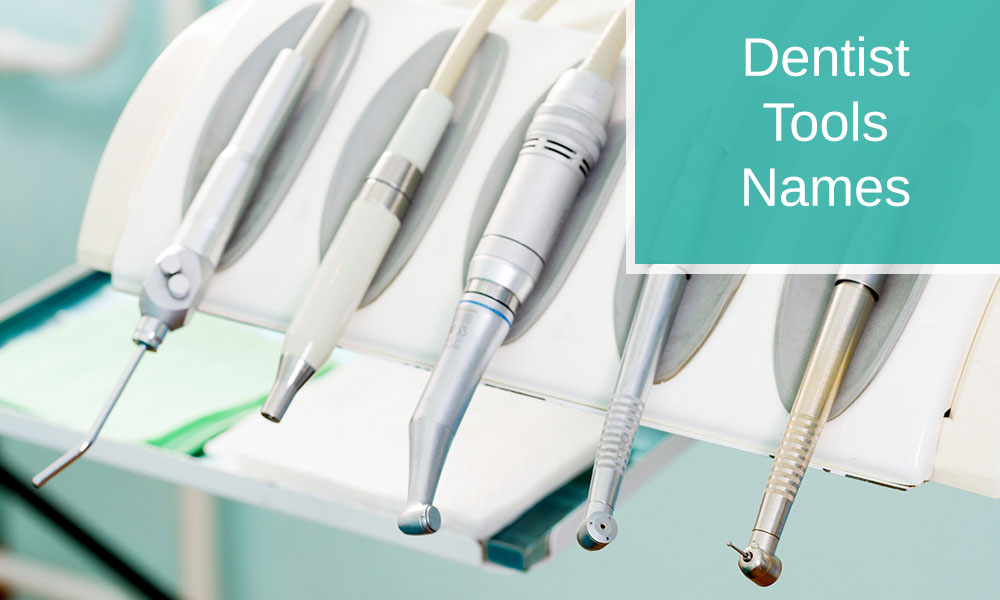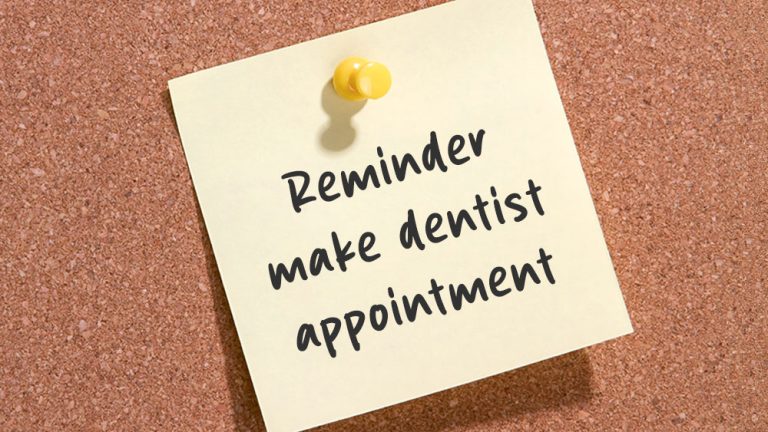
Dentist Tools Names
Embarking on a journey into the world of dentistry means delving into a realm where precision is paramount. The practice of dentistry is a sophisticated art, relying heavily on an array of specialized instruments. These tools, designed for various purposes, play a major role in maintaining and improving oral health. Each dentist tool will now be explained thoroughly in its significance and functions, offering an insightful exploration into the tools that form the backbone of oral care.
Understanding the Essential Dentist Tools
What are Dentist Tools?
Dentist tools encompass a vast array of instruments designed to examine, diagnose, and treat oral conditions. These tools are the extension of a dentist’s expertise, enabling them to perform a myriad of procedures with precision and efficiency. From routine examinations to intricate surgical interventions, dentist tools are the essential implements that define the practice of dentistry.
Why are They Important?
The importance of dentist tools cannot be overstated. These instruments are not merely accessories; they are the facilitators of oral health care. Dentists rely on these tools to conduct thorough examinations, detect dental issues, and administer treatments ranging from simple cleanings to complex surgeries. The effectiveness of dental procedures hinges on the precision and quality of these tools, making them indispensable in ensuring the well-being of patients’ oral health.
Common Dentist Tools and Their Names
Mirror
Dental Mirror: A small, angled mirror is a ubiquitous tool in dental examinations. Dentists use mirrors to visualize hard-to-reach areas within the oral cavity, such as the back of the teeth and behind molars. This essential tool aids in comprehensive examinations and allows practitioners to identify issues that may be hidden from direct view.
Probe/Explorer
Dental Probe/Explorer: The dental probe, often referred to as an explorer, is a slender, pointed instrument used to detect irregularities on the tooth’s surface. Dentists gently navigate the explorer along tooth surfaces and in gum pockets to identify cavities, plaque buildup, or other dental concerns. This tool aids in early diagnosis, enabling timely intervention and preventive care.
Scaler
Dental Scaler: Tartar and plaque accumulation can compromise oral health. Dental scalers are specialized instruments with sharp tips designed to remove these deposits from teeth surfaces. Commonly used during dental cleanings, scalers help prevent gum disease and maintain optimal oral hygiene.
Drill
Dental Drill: While the term may evoke anxiety in some patients, the dental drill is a vital tool for various dental procedures. It allows dentists to remove decayed portions of teeth, shape dental materials, and prepare surfaces for restorations. Modern dental drills are equipped with advanced features for precision and patient comfort.
Forceps
Dental Forceps: Dental forceps are gripping instruments used for tooth extractions. Dentists employ various forceps designs based on the location and type of tooth being removed. The proper use of forceps ensures efficient and minimally invasive extractions, minimizing discomfort for the patient.
Specialized Dentist Tools
Intraoral Camera
Intraoral Camera: As technology advances, dentists increasingly incorporate intraoral cameras into their practices. These small, high-resolution cameras allow dentists to capture detailed images of the inside of the mouth. Patients can view these images, enhancing their understanding of dental conditions and treatment recommendations.
Curing Light
Curing Light: Commonly used in dental restorative procedures, curing lights are crucial for setting materials like dental composites and sealants. These lights emit a specific wavelength to initiate the curing process, ensuring that dental materials harden efficiently. This tool contributes to the durability and longevity of dental restorations.
Dental Laser
Dental Laser: Laser technology has revolutionized certain dental procedures. Dental lasers are used for various applications, including soft tissue surgeries, cavity preparation, and teeth whitening. The precision of lasers minimizes discomfort, reduces healing times, and enhances the overall patient experience.
Hygiene and Sterilization of Dentist Tools
Autoclaving
Autoclaving: Sterilization is a paramount aspect of dental practice. Autoclaving is a widely adopted method that uses steam and high pressure to sterilize dental instruments effectively. This ensures the elimination of bacteria, viruses, and other microorganisms, maintaining a hygienic environment.
Chemical Disinfection
Chemical Disinfection: In addition to autoclaving, dental tools undergo chemical disinfection. Disinfectant solutions, such as glutaraldehyde or hydrogen peroxide, are used to eliminate residual pathogens on surfaces and instruments. Proper disinfection protocols are crucial for infection control.
Emerging Technologies in Dentistry
Digital Impressions
Digital Impressions: Traditional molds for dental impressions are gradually being replaced by digital impression systems. These technologies use intraoral scanners to create precise 3D models of the teeth and oral structures. Digital impressions offer increased accuracy, patient comfort, and streamlined workflows for dental professionals.
3D Printing
3D Printing: The application of 3D printing in dentistry has expanded significantly. Dental labs utilize 3D printers to produce crowns, bridges, and even models for treatment planning. This technology allows for customization, improved fit, and faster production of dental prosthetics.
Choosing the Right Dentist Tools
Considerations for New Dentists
Considerations for New Dentists: For new practitioners entering the field, selecting the right tools is a crucial decision. Factors such as cost, durability, and ease of use must be weighed against the specific needs of the dental practice. Investing in high-quality, versatile tools sets the foundation for providing excellent patient care.
Upgrading Tools in Established Practices
Upgrading Tools in Established Practices: Established dental practices may periodically evaluate and upgrade their tools to stay abreast of technological advancements. Upgrading can enhance efficiency, patient satisfaction, and the overall quality of dental services. Assessing the compatibility of new tools with existing equipment is essential during the decision-making process.
Do dentists use the same tools on everyone?
No, dentists do not use the same tools on everyone as the selection of tools depends on individual oral health needs and specific dental procedures.
Important Notes
In the dynamic world of dentistry, the evolution of tools reflects a commitment to precision, patient comfort, and technological innovation. From traditional instruments like mirrors and probes to cutting-edge technologies such as dental lasers and 3D printing, the array of tools available to dentists is diverse and continually expanding. The meticulous hygiene and sterilization practices ensure a safe environment for both practitioners and patients. As dentistry embraces emerging technologies, the future promises even greater advancements, pushing the boundaries of what can be achieved in oral health care.



